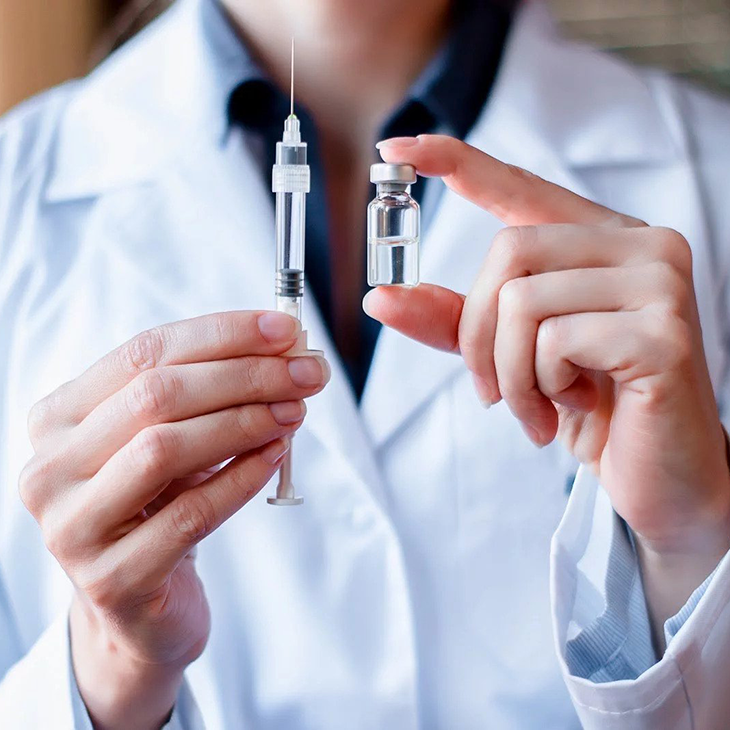
Importance of HPV Vaccine in the Fight Against Cervical Cancer
Every year approximately 250,000 women die of cervical cancer. Until 10 years ago, there was no possibility of protection from this virus, but the vaccines developed as a result of research have been found to prevent HPV infection and therefore cervical cancer to a considerable extent.
Scientific studies on the areas where HPV vaccine has been applied have shown a significant decrease in the number of people with high-risk HPV type types that cause cervical cancer.
These results make HPV vaccine prominent in the fight against HPV and cervical cancer caused by HPV infections. With this vaccine, the structure similar to the HPV created in a laboratory environment, which has no potential to cause disease, is introduced to the body, enabling the immune system to develop defense systems specific to this virus. If the body then encounters the real virus, it will be possible to eliminate the virus without allowing it to affect the body, because these defense systems will be ready.
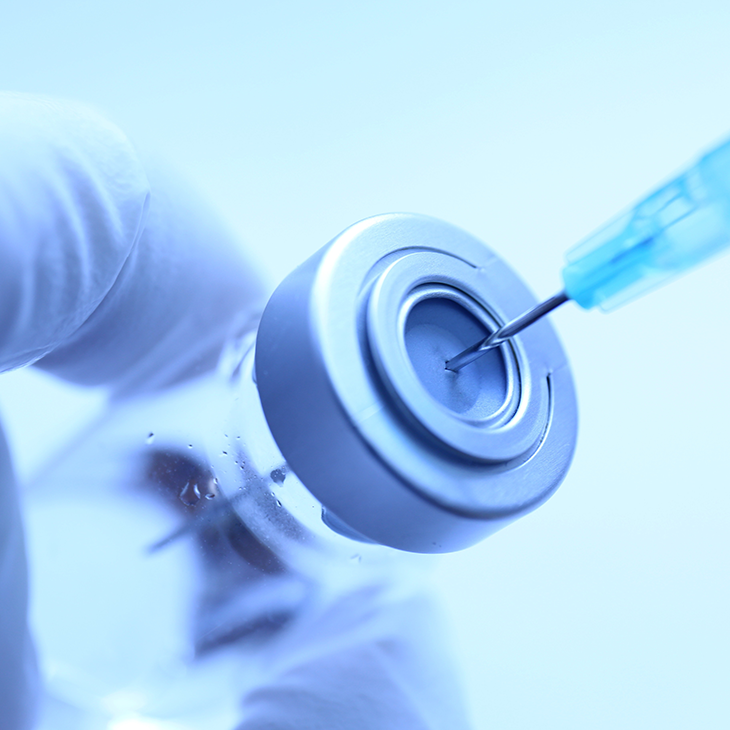
What Are the HPV Vaccine Prices?
In order to get clear information about the HPV vaccine price, you should first be examined by your physician, and then the dose and schedule of your vaccines should be determined according to the treatment procedure that will be performed. Therefore, we recommend that you first consult our physicians by using our WhatsApp line or calling them on the phone, so that we can give you an approximate price. Publicly announcing health care fees on the Internet instead of making one-to-one communication is restricted by relevant laws. For this reason, we’d like you to know that we are not able to give price information publicly here, and we request your understanding in this regard. You can contact us at any time to ask your questions about HPV and HPV vaccine prices, get information from our assistants, or ask for a free examination from our physicians.
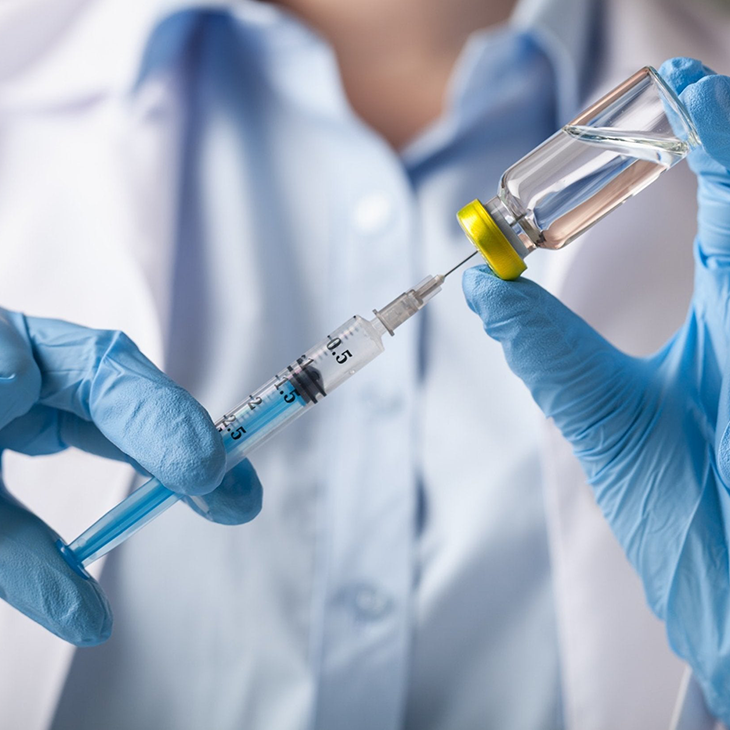
Types of HPV vaccine
There are approximately 14 high-risk HPV types, and among them, types 16 and 18 contained in the vaccine are responsible for 70% of all cervical cancers. No vaccine is available yet for the remaining 30 percent. There are 3 different protective HPV vaccines in use today. The first of these is the bivalent vaccine (2vHPV), which only protects against the two HPV types that most commonly cause cervical cancer. The second is the quadrivalent vaccine (4vHPV), which has protection against HPV types that cause warts in both men and women, in addition to the types against which the bivalent vaccine is used. HPV types covered by the quadrivalent vaccine include HPV 16 and HPV 18, which are responsible for approximately 70 percent of cervical cancers, as well as HPV 6 and HPV 11 responsible for about 90 percent of genital warts, which are not associated with cancer. The third is the 9-valent vaccine (9vHPV), which protects against the HPV types that cause warts in men and women, in addition to HPV types that cause cancer.
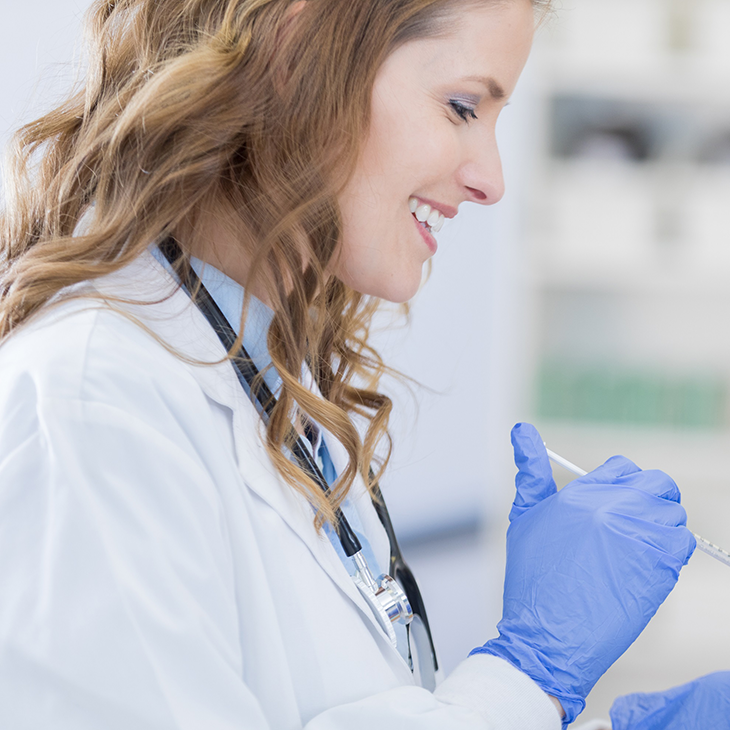
After HPV Vaccination
Because the HPV vaccine does not contain live or dead microbes, it does not cause side effects such as HPV inflammation, cancer or death. As with childhood vaccines, it may cause mild fever, pain and redness at the injection site. It is not preferred to be administered to pregnant women, but there is no need to terminate the pregnancy in cases where the woman did not know she was pregnant at the time of vaccination. Smear Test Should Be Continued After Vaccination as well. Although the prevalence of genital warts is 1% in the society, this rate rises up to 7% in the population who are in their 20s. Even if cervical cancer vaccine is administered, screening programs should be continued. We recommend that all women have a PAP Smear every three years, from 21 years of age. We recommend that the screening involving both HPV and PAP smear tests, that is, the Co-Test, is performed after 30 years of age. If both test results are normal, the probability of developing cervical cancer or a precancerous lesion within five years is close to zero.



 FIND US
FIND US
 WHATSAPP
WHATSAPP
 CALL
CALL
 MESSAGE
MESSAGE




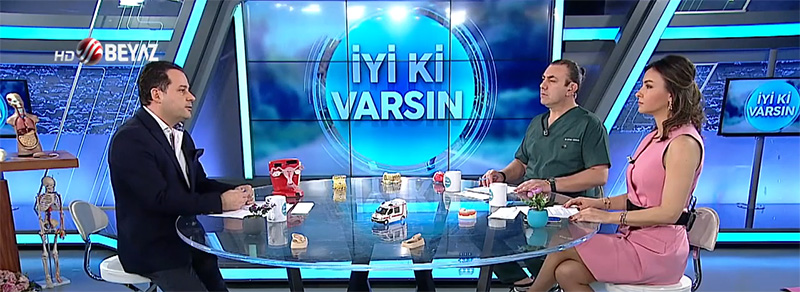
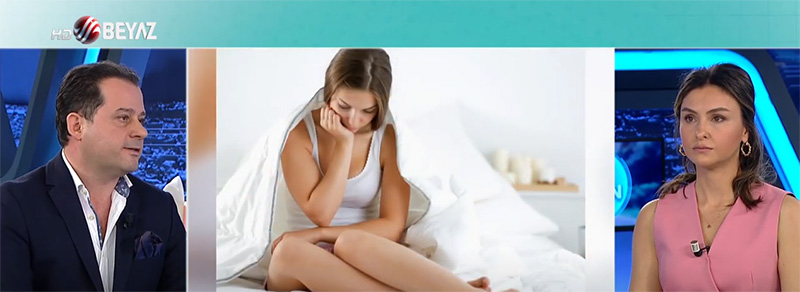
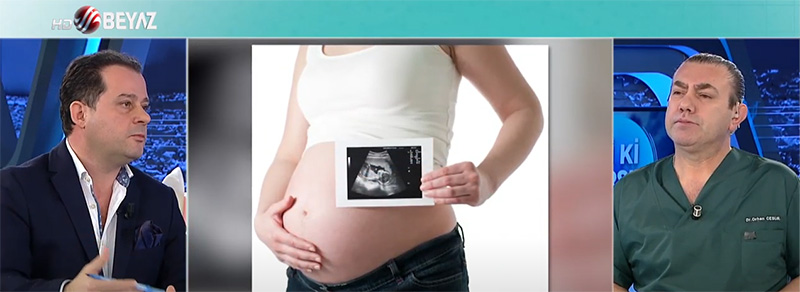



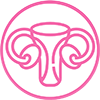 ABORTION
ABORTION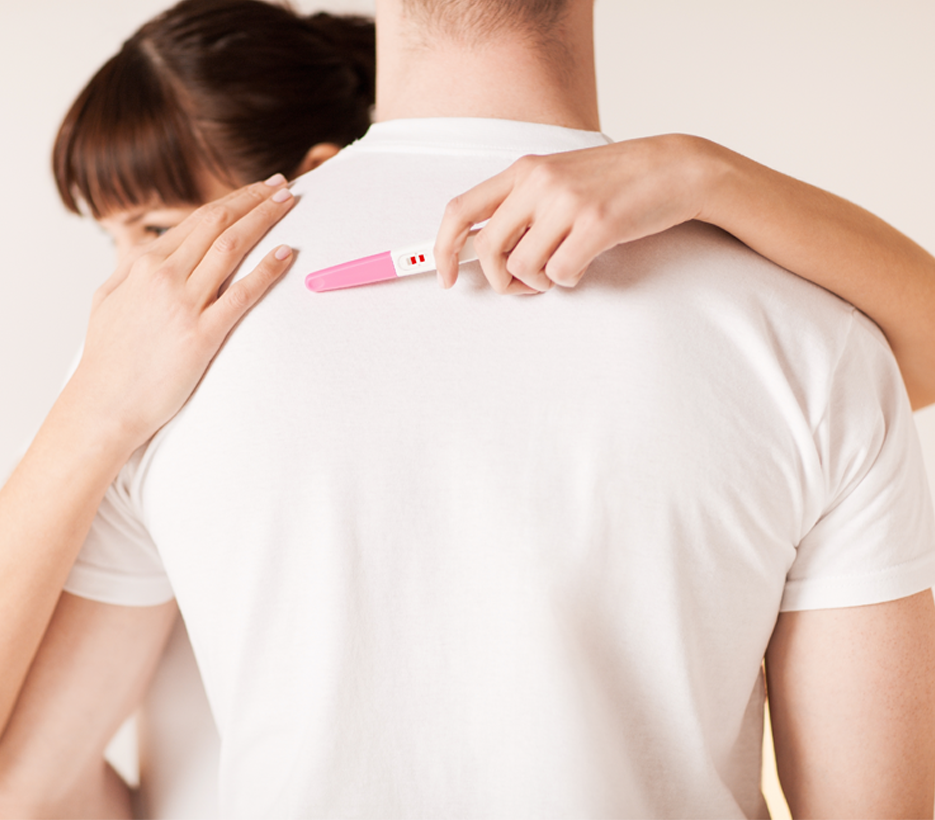
 Hymen Repair (Hymenoplasty)
Hymen Repair (Hymenoplasty)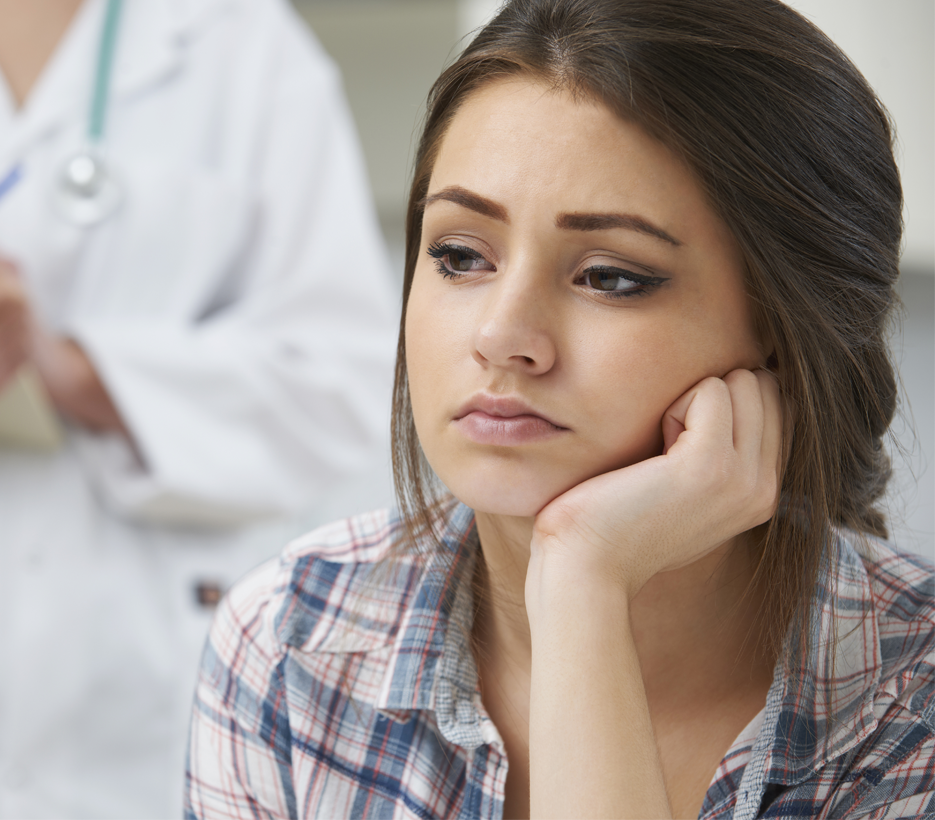
 Genital Aesthetics
Genital Aesthetics
 HPV - Genital Warts
HPV - Genital Warts

 LEGAL NOTICE
LEGAL NOTICE